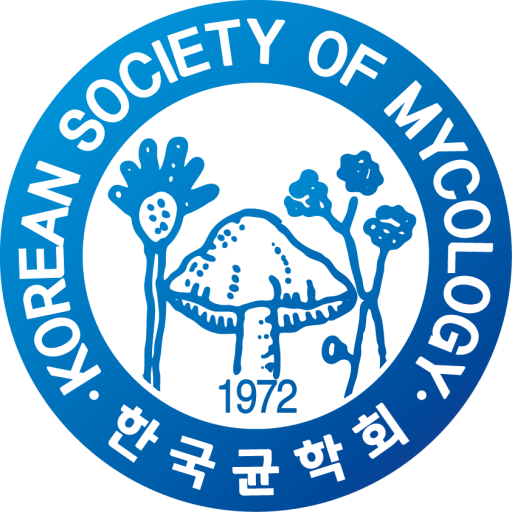The genus Westerdykella has been recognized for its potential in controlling various plant pathogens, including W. aurantiaca FBCC-1472. To enable functional studies of this fungus and its associated genes, the establishment of a reliable transformation system is essential but has not been reported to date. In this study, we developed and optimized an Agrobacterium tumefaciens-mediated transformation (ATMT) protocol for W. aurantiaca FBCC-1472. Using the binary vector pSYP1029, which harbors the hygromycin B phosphotransferase (hph) gene and the ZsGreen fluorescent protein gene as selectable markers, we obtained approximately 100 stable transformants. PCR analysis confirmed T-DNA integration in randomly selected transformants, and fluorescence microscopy verified ZsGreen expression. The transformants retained resistance to 100 μg/ml hygromycin B after three successive transfers without selection, indicating mitotic stability. Transformation efficiency was maximized under conditions of acetosyringone pre-induction of A. tumefaciens, 72 h co-cultivation, and 10,000 fungal spores per co-cultivation. This ATMT system provides a robust genetic tool for W. aurantiaca FBCC-1472 and will facilitate future studies on its biology and biocontrol potential. [This work was supported by the Korea Environment Industry & Technology Institute (KEITI) through a project to make multi-ministerial national biological research resources more advanced, funded by the Korea Ministry of Environment (MOE) (2021003420003).]

 English
English